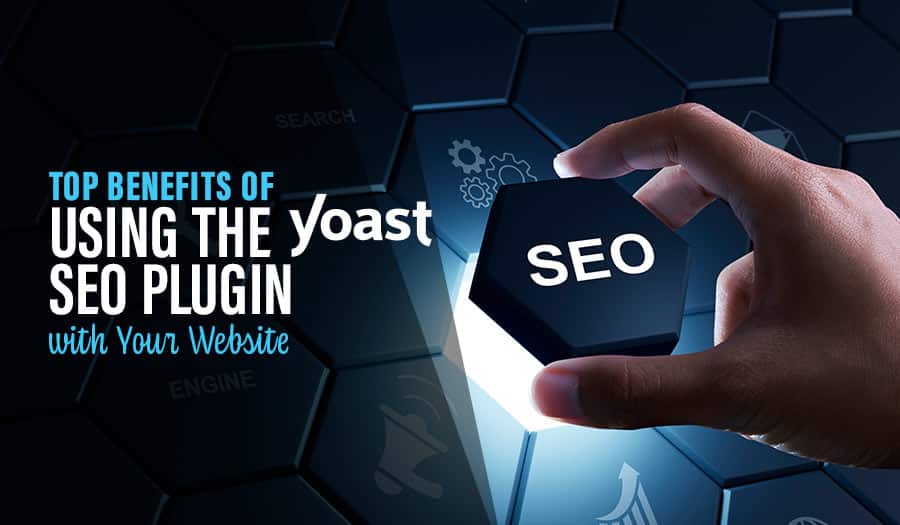One of the primary marketing objectives for any business is to have a great-looking website. Your website is where people will find you online, and you want it to make a good first impression while also providing your visitors with useful information regarding your company. Here’s Why You Need To Optimise Your Website Design.
Why You Need To Optimise Your Website Design and How to do it
But while making sure your website looks great is a good priority, it should not be your only priority. In this day and age, your website also needs optimisation. Here’s why:
Faster Load Time
For starters, when you optimise your website, it loads faster. Studies have shown that visitors will likely leave and go find another if a website doesn’t load within a few seconds. So if your website is slow, it could be costing you, customers. People are in a hurry and don’t want to sit around waiting for each page of your site to load. Optimising your website prevents this from happening.
Better Social Media Shares
When you optimise your website, it appears better inside social media sites. Social media is a key part of marketing these days, and you want the links you post to look great to attract clicks. By optimising your website for social media sites, the links will appear better, and provide more information to viewers.
Appear Higher In Search Rankings
Finally, an optimised website is likely to appear higher in search results. Search engines like Google use different factors to determine where a website ranks in their results. Optimising your website based on these factors gives your website a better chance at a high ranking, and in turn will attract more visitors. Search engines look for load times, social media activity, site structure, and keywords. Optimising your website includes focusing on each of these aspects.
How To Optimise A Website
For starters, you should focus on making your website as fast as possible. There are a few ways to do this. First, if your website uses plugins (such as on a WordPress site), remove any that you are not using. After that, take a look at the images you are currently using on your site, and see if you can shrink down the file size while still keeping the quality. Images take a long time to load if they are too large, and you can significantly improve load times by shrinking images.
Next, you’ll want to look at the navigation on your website. It needs to be easy for viewers to reach all of the essential pages on your site, and to do so from all of the other pages. Have a clear hierarchy in place, along with a good navigation menu.
After that, you can focus on the keywords for your website. Keywords, or key phrases, are the group of words you want your website to appear for in search engines. For instance, if you’re a bakery, you might want your keywords as “Local bakery in NYC”. A lot goes into finding the right keywords, but once you have them, strategically place them within your website. This is a key factor in optimising a website for search engines.
Finally, the major social media sites have snippets of code you can place within your site to optimise it for their service. By inserting these snippets, your website will look better when linked to on one of these sites. Look into Facebook Open Graph and Twitter Cards to get started.
Optimise Your Website As Soon As You Can
The sooner you optimise your website, the sooner you’ll start to reap the benefits. A website that is slow, or isn’t ranking highly in search engines, is likely missing out on potential customers. Optimising your website doesn’t take long, and if you do it right, could benefit your business for years to come. To learn more about having an optimised website, please feel free to contact us at any time.
Let Sydney’s leading Web Design Agency take your business to the next level with a Pixel Fish Small Business Website.
Check out some of our latest Website Design projects and Testimonials.
Further Information:
Top 10 Tips to Create The Perfect Website Call to Action
Tips for Creating and Marketing a Financial Services Business Website
Top 10 Unbeatable WordPress Website UX Tips for your business
How to Drive Website Traffic with Podcasting for your business
Digital Branding: How to Create a Logo for your Digital Space
Top E-Commerce Shipping Options to Maximise Sales & Reduce Complexity
10 Social Media Publishing Tools To Streamline Your Content Marketing
The 8 Best Free Online Photoshop Alternatives



